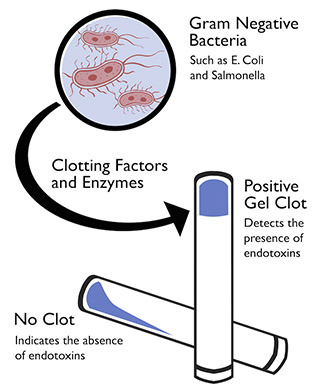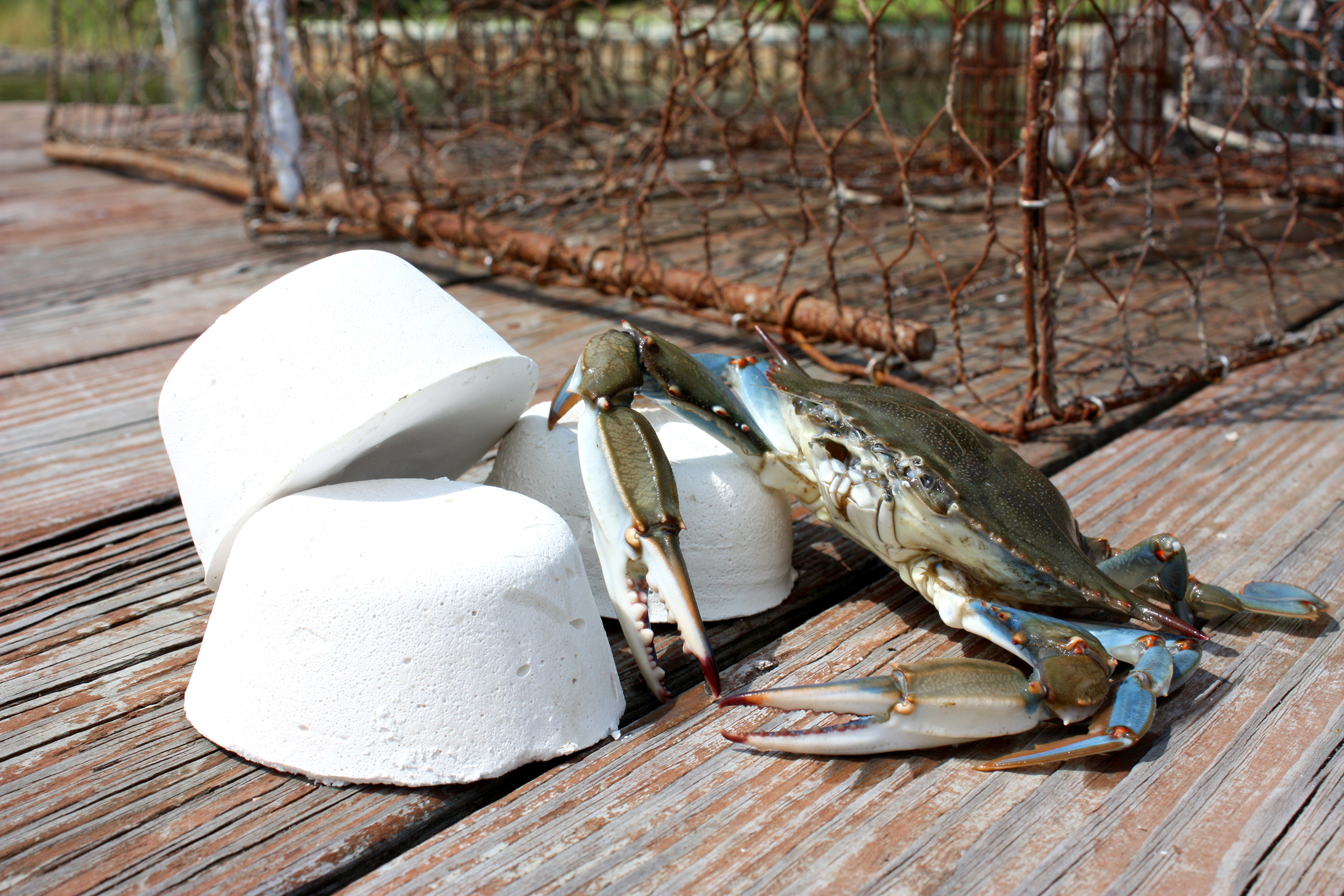Blue Bloods Spawn New Research Partnership
Horseshoe crabs emerge in droves to spawn along the coast of Delaware Bay. Photo by Gregory Breese/USFWS
By ANTHONY DELLINGER
Anthony Dellinger is the president and chief scientist of Kepley BioSystems Inc., based in Greensboro, N.C.
You’ve perhaps heard about the vital role that Atlantic horseshoe crabs (Limulus polyphemus) play in sustaining various migratory shorebirds. During stopovers in Delaware Bay, for instance, species such as red knots, ruddy turnstones and sanderlings gorge on horseshoe crab eggs for fuel.
Beyond their ecological importance, however, horseshoe crabs are valuable sources of bait for the eel and whelk fishing industries. They’re also critical to modern medicine.
The bulk of horseshoe crab blood is comprised of unique cells called amebocytes. When amebocytes are exposed to microorganisms known as gram-negative bacteria — such as E. coli and Salmonella — they form a clot around the pathogen, preventing infection from spreading.
 These specialized cells form the basis for the most widely used, FDA-approved safety assay for detecting contamination from gram-negative bacteria in injectable drugs and implantable medical devices. Called the Limulus Amebocyte Lysate assay, or LAL for short, the method confirms whether or not those products are safe for patient use.
These specialized cells form the basis for the most widely used, FDA-approved safety assay for detecting contamination from gram-negative bacteria in injectable drugs and implantable medical devices. Called the Limulus Amebocyte Lysate assay, or LAL for short, the method confirms whether or not those products are safe for patient use.
Each year, about 500,000 horseshoe crabs are collected from the Atlantic seaboard for their distinctively blue blood. Most are taken while spawning. While the majority of crabs are returned to the water after their blood is harvested, an estimated 15 percent don’t survive.
“Although horseshoe crabs are returned to the wild after biomedical bleeding procedures, the associated stress on the animal leads to high mortality rates and can alter reproduction in female crabs,” explains Jordan Krisfalusi-Gannon, an undergraduate at High Point University and a research technician at Kepley BioSystems, based in Greensboro.
The crabs often suffer from oxygen deprivation during transportation to and from the bleeding facilities and receive little care or food to ensure their well-being.
“These practices have become entirely unsustainable, as the impact on horseshoe crab reproduction and behavior has been compounded by such mortality rates and rapid industry growth,” says Rachel Kulberg, senior research scientist at Kepley BioSystems. “Many believe that continued medical industry growth will lead to the collapse of this species,” she adds.
In June, Kepley BioSystems researchers published a review in Frontiers in Marine Science that describes innovative efforts to improve how horseshoe crab blood is harvested. The ultimate goal is to ensure a sustainable supply of blood while also conserving the species.
In 2017, our company received a North Carolina Sea Grant minigrant to support these efforts. “We are excited about this industry partnership,” says John Fear, Sea Grant’s deputy director. “We hope the results will help ensure the viability of the horseshoe crab population and the species’ role in coastal ecosystems.”
A New Kind of Bait

The horseshoe crab project is the second partnership for Kepley BioSystems and North Carolina Sea Grant. Our company earlier received a minigrant to establish the feasibility of a synthetic crab and lobster bait that we named OrganoBait.
“Our team was focused on a mission to help conserve a vital link in the food chain while also providing numerous advantages and benefits to the crustacean fishing industries,” says Lee Robertson, a research scientist at Kepley BioSystems.
Early on, Sea Grant saw the value in this new bait technology and supported initial research and field-testing. Based on our preliminary work, we earned additional funding, which led to Phase I and Phase II National Science Foundation Small Business Innovation Research grants, known best as SBIR.
The goal is to avert the capture of 40 percent of the global forage fish catch by providing a convenient, affordable bait alternative. Indeed, forage fish are an important source of nutrients in our oceans and for many products, including Omega-3 fish oil supplements, pet foods, and agriculture and aquaculture feedstocks.
OrganoBait is made up of the same naturally occurring molecules found in forage fish that make them so attractive as crab bait. We’re in the final stages of product development and are seeking partners and funding to scale up and commercialize OrganoBait later this year.
##
- Categories:
